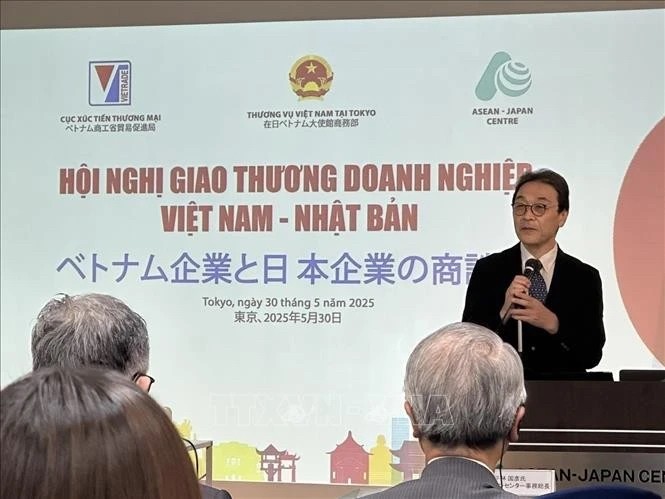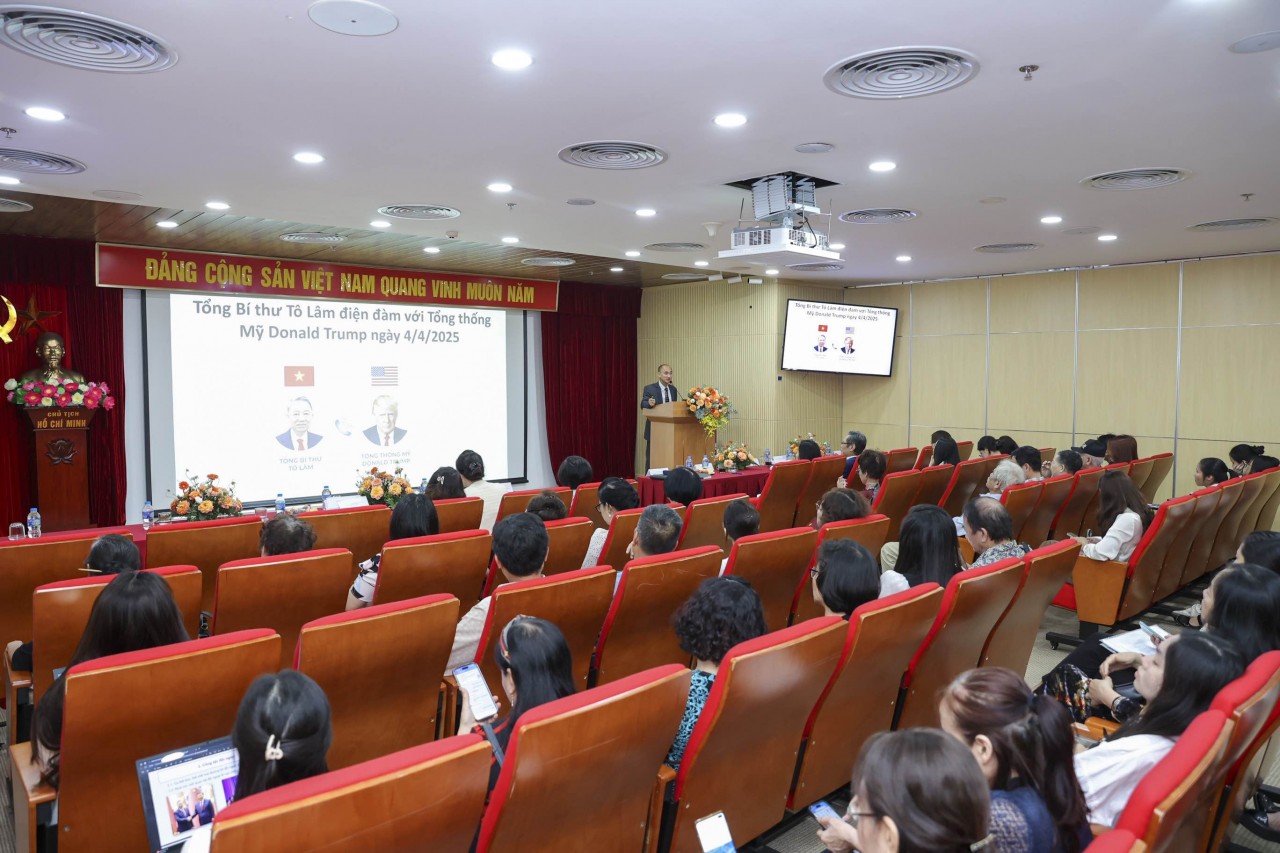Buildings, car parking lots encroach on public spaces
Big cities like Hanoi and Ho Chi Minh City have few parks and playgrounds because many plots earmarked for this purpose were being used for parking, business or other projects, reported Lao Dong (Labour) newspaper.
 |
Cars parked in a play ground of apartment buildings in Trung Hoa-Nhan Chinh Urban Area in Hanoi’s Cau Giay District. (VNS Photo Doan Tung)
The situation has caused concerns for local people, especially parents in summer time, as children have so little space for outdoor activities.
Playing spaces for children have been diminishing along with the increase in high-rise buildings.
According to the newspaper’s report, in many residential areas in Hanoi, playgrounds and parks were being encroached by car parking lots and mobile shops.
A residential area on Linh Dam Penisula in Hoang Mai District, which has dozens of 40-story apartment buildings, is home to more than 30,000 people. But the collective open-air public space in the area is just a few thousands square metres.
The residents here feel hemmed in, said the paper.
In fact, there are a park and a flower garden nearby the buildings, but they were taken over and used by local businesses as parking lots, restaurants, cafes, and karaoke parlours.
Opposite Linh Dam Park is an area of 20,000sq.m which was allocated to the Housing and Urban Development Corporation (HUD) and Hop Phu Company for building schools and public utilities.
But the area was turned into an illegal car parking space years ago, and nothing has been done about it.
Along Le Van Luong Street, in Thanh Xuan District, several tall buildings have been built up in recent years.
Due to poor planning, the first floors of the buildings are shops and offices, so the sidewalks are being used for motorbike parking.
In residential areas in Nguyen Thi Thap Street, Nguyen Thi Dinh Street and Hoang Minh Giam Street of Cau Giay District, recreational areas are sandwiched between apartment buildings and are frequently encroached by street vendors and car and motorbike keepers.
The recreational areas were designed to provide a space for children to play, young people to exercise and the elderly to walk and chat with their neighbours.
But now it is difficult to find such spaces full of flowers and shady trees for people doing outdoor activities.
"These public spaces and playgrounds have now been slashed, destroyed or replaced by houses, stores and food stalls, besides parking areas," Nguyen Lan Phuong, a resident said.
Likewise, tens of thousands of people living in 19 buildings in the Trung Hoa – Nhan Chinh Residential Area of Thanh Xuan District now share two small gardens of just 200sq.m.
Besides this, as businesses started moving in, playgrounds in residential areas became degraded and unhygienic.
“We [parents] considered them unsafe for people, particularly children, to perform recreational activities there”, said Phuong Mai, a resident.
Dr. Dao Ngoc Nghiem, deputy president of the Vietnam Urban Planning and Development Association said that “turning small recreation spaces in residential areas into make-shift markets or car parking lots has made the city’s appearance ugly”.
Illegally encroaching on to public spaces and playgrounds is the fault of inadequate management of buildings’ management boards and the local authorities, Nghiem said.
To solve the problem requires the involvement of many agencies working together.
Besides, to reach the planned 3.9 sq.m of green space per capita, the city should move industrial entities, ministries and universities out of the inner city to free up land for public spaces and playgrounds for children, the architect suggested./.
VNF/VNA
Recommended
 National
National
Shangri-La Dialogue 22: Vietnam Highlights Some Issues of Ensuring Stability in a Competitive World
 National
National
Vietnam News Today (Jun. 3): PM Pham Minh Chinh to Attend UN Ocean Conference, Visit Estonia, Sweden
 National
National
Vietnam News Today (Jun. 2): Vietnamese Trade Mission Sounds Out Business Opportunities in United States
 National
National
Vietnam News Today (Jun. 1): Vietnamese, Japanese Firms Foster Partnership
Popular article
 National
National
Vietnam News Today (May 31): Vietnam Strongly Supports Laos’s National Development
 National
National
Vietnam News Today (May 30): Vietnam, Venezuela Reinforce Ties Through People-to-people Diplomacy
 National
National
Vietnam News Today (May 29): Vietnam and Hungary to Expand Cooperation into New Areas
 National
National



